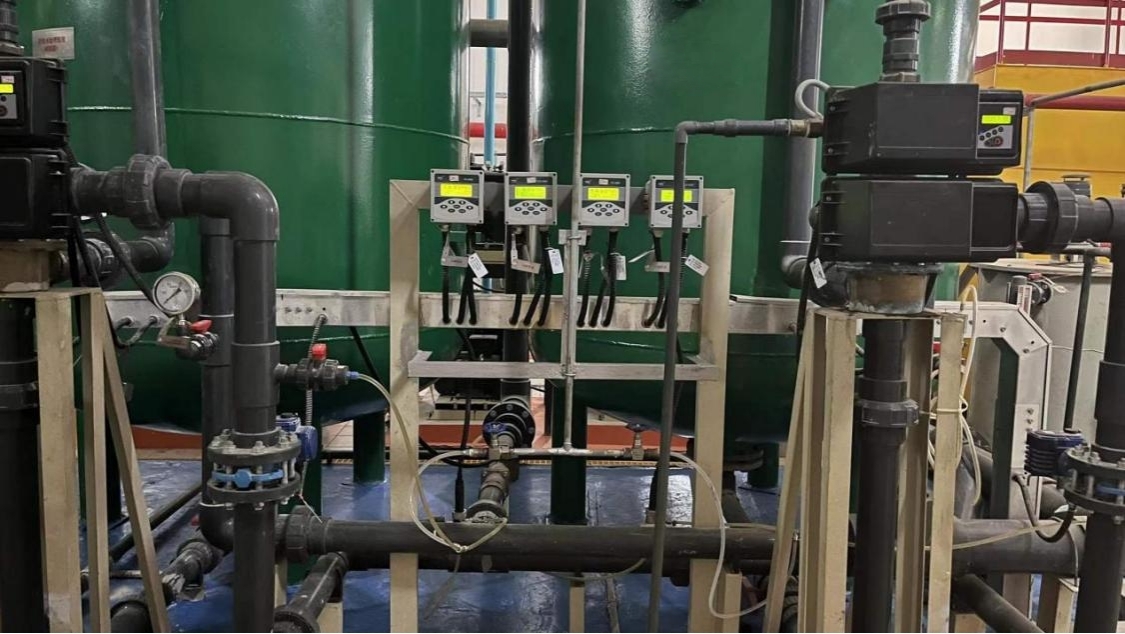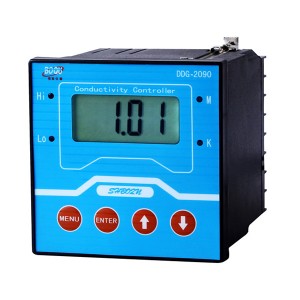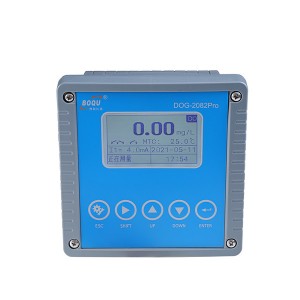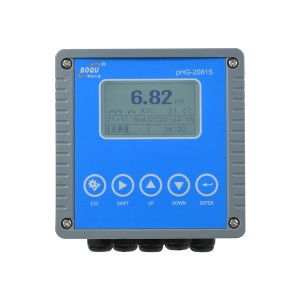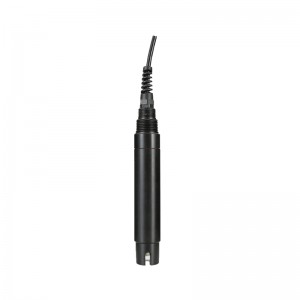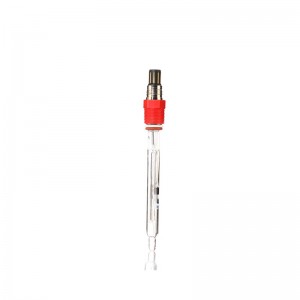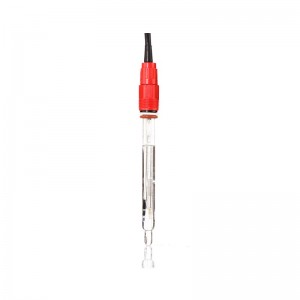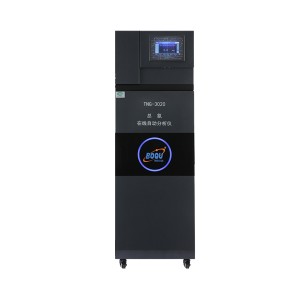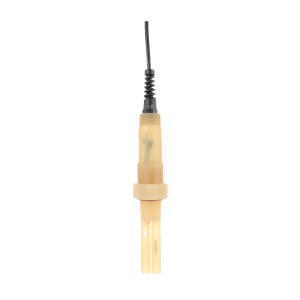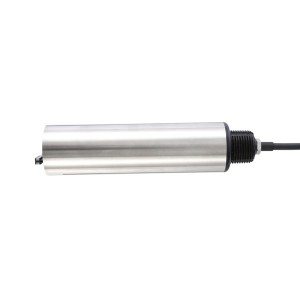China Huadian Corporation Limited was established at the end of 2002. Its core business operations include power generation, heat production and supply, development of primary energy sources such as coal related to power generation, and associated professional technical services.
Project 1: Gas Distributed Energy Project in a Certain District of Huadian Guangdong (Softened Water Treatment System)
Project 2: Intelligent Centralized Heating Project from a Certain Huadian Power Plant in Ningxia to a Certain City (Softened Water Treatment System)
Softened water equipment is widely applied in water softening treatment for boiler systems, heat exchangers, evaporative condensers, air conditioning units, direct-fired absorption chillers, and other industrial systems. Additionally, it is used for domestic water softening in hotels, restaurants, office buildings, apartments, and residential homes. The equipment also supports water softening processes in industries such as food processing, beverage production, brewing, laundry, textile dyeing, chemical manufacturing, and pharmaceuticals.
After a period of operation, it is essential to conduct regular testing of the effluent water quality to assess whether the softened water system maintains a consistent filtration performance over time. Any detected changes in water quality should be promptly investigated to identify root causes, followed by targeted corrective actions to ensure compliance with required water standards. If scale deposits are found within the equipment, immediate cleaning and descaling measures must be taken. Proper monitoring and maintenance of softened water systems are crucial to ensuring their stable and efficient operation, thereby providing high-quality softened water for enterprise production processes.
Utilized Products:
SJG-2083cs Online Water Quality Salinity Analyzer
pXG-2085pro Online Water Quality Hardness Analyzer
pHG-2081pro Online pH Analyzer
DDG-2080pro Online Conductivity Analyzer
Both of the company’s projects have adopted the online pH, conductivity, water hardness and salinity water quality analyzers produced by Boqu Instruments. These parameters collectively reflect the treatment effect and operational status of the water softening system. Through monitoring, problems can be detected in a timely manner and operational parameters adjusted to ensure that the effluent water quality meets the usage requirements.
Monitoring water hardness: Water hardness is a core indicator of the water softening system, mainly reflecting the content of calcium and magnesium ions in the water. The purpose of softening is to remove these ions. If the hardness exceeds the standard, it indicates that the resin’s adsorption capacity has declined or the regeneration is incomplete. In such cases, regeneration or resin replacement should be carried out promptly to avoid scaling problems caused by hard water (such as pipe blockage and reduced equipment efficiency).
Monitoring pH value: pH reflects the acidity or alkalinity of water. Excessively acidic water (low pH) can corrode equipment and pipes; overly alkaline water (high pH) may lead to scaling or affect subsequent water usage processes (such as industrial production and boiler operation). Abnormal pH values may also indicate faults in the softening system (such as resin leakage or excessive regeneration agent).
Monitoring conductivity: Conductivity reflects the total dissolved solids (TDS) content in water, indirectly indicating the total concentration of ions in the water. During normal operation of the water softening system, the conductivity should remain at a low level. If the conductivity suddenly increases, it could be due to resin failure, incomplete regeneration, or system leakage (mixing with raw water), and prompt investigation is required.
Monitoring salinity: Salinity is mainly related to the regeneration process (such as using salt water to regenerate sodium ion exchange resins). If the salinity of the effluent water exceeds the standard, it may be due to incomplete rinsing after regeneration, resulting in excessive salt residue and affecting water quality (such as in drinking water or salt-sensitive industrial applications).

